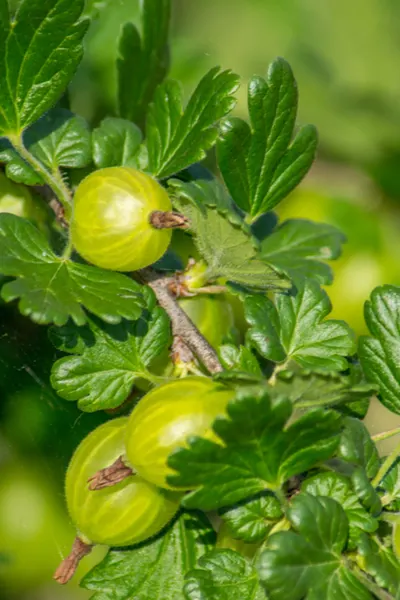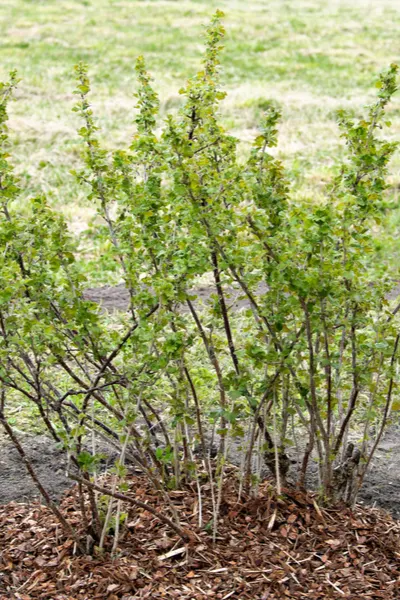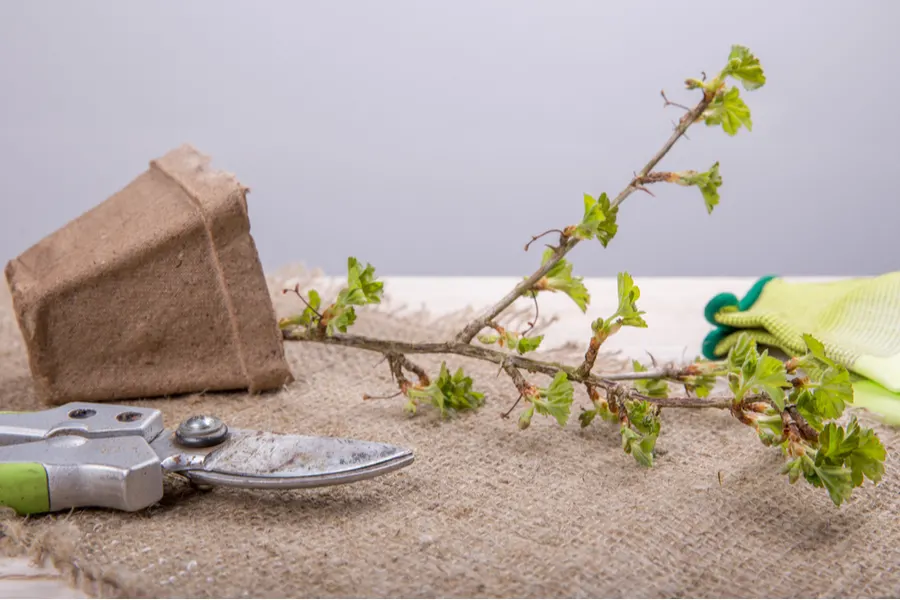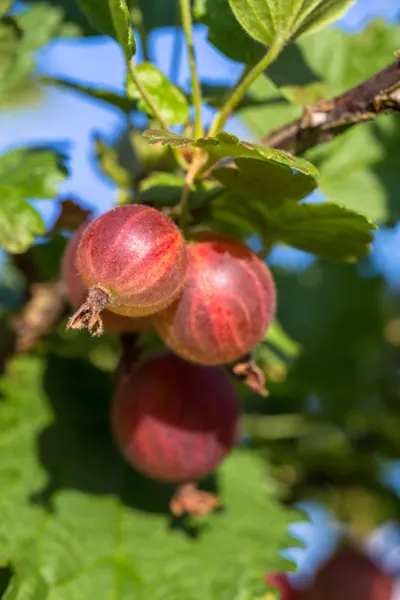Growing gooseberries is a great way to add a little unique flavor to your home landscape, and a lot more Vitamin C to your diet in the process!
Although perhaps not as well known as other home-grown fruits, gooseberries are actually quite nutritious, and tasty too. Not only are they high in vitamin C, they also are a good source of Vitamin B, Potassium and Manganese.

Even better, they are a low calorie fruit with loads of fiber. Add to it that they are quite easy to plant and maintain, and you can see why this unique fruit is gaining in popularity.
Here is a look at the gooseberries, and how to plant and grow this perennial bush for a delicious and nutritious harvest.
The Low Down On Gooseberries
Gooseberries grow on bushes, which develop small, round fruits about the size of a small cherry. The fruits can range in colors from light green, to pink, red and even purple.
As for taste, they can range from tart to near semi-sweet, although most are known and grown more for their sour flavor.

They are delicious raw or juiced, but are often used in pies & pastries and even drinks too.
Once established, the perennial will produce for 10 to 15 years. Bushes will grow to a spread of 3 feet high and 3 feet wide on average, and handle pruning well.
Planting a few gooseberry bushes is usually more than enough for an adequate supply. A mature shrub produces 10 quarts of berries or more per season.
How To Plant & Grow Gooseberry Bushes

Gooseberry bushes grow best in climates with cool winters and moderate summers. When planting, place plants where they will have shade from the hot afternoon sun.
Try finding a location that receive morning or evening sun for best production. Partial shade is always better than a full sun location. (We include a few top varieties to grow at the end of the article.)
Amending The Soil For Growing Gooseberries
Prepare the planting space by amending with generous amounts of compost prior to planting. Gooseberries thrive in loose, well-drained and fertile soil, but struggle in heavy soils.

If your soil is heavy, you can also add a bit of sand in with compost and peat moss. This helps loosen the soil to allow for better drainage and root growth.
Gooseberry bushes are self-pollinating, so you don’t have to plant more than one if so desired. If planting multiple bushes, space at least 3 feet apart.
Dig the planting hole to twice the width of the shrub and six to 8 inches below the depth of the container. Amend the bottom of the hole with generous amounts of compost.

Set plants deep into the planting hole, being sure to bury a few inches below the top of the crown. This allows the gooseberries to create more offshoots and a bushier plant.
Bushes can be pruned and shaped after the first few years of growth. Pruning should be done in late winter / early spring when the shrub is dormant.
There are many varieties to choose from, but here are two of the more popular choices:
- PLANT LINKS:
- Jahns Prairie Gooseberry Bush – Hardy Zones 3 – 9
- Pixwelloosberry Plant – Hardy Zone 3 – 9
Here is to growing nutritious and delicious gooseberries in your backyard! For more perennial fruit growing, be sure to check out are article on How To Grow Strawberries With Ease.

This Is My Garden is a website dedicated to spreading the love and knowledge of gardening around the world. We publish two new garden articles each week. This article may contain affiliate links.
